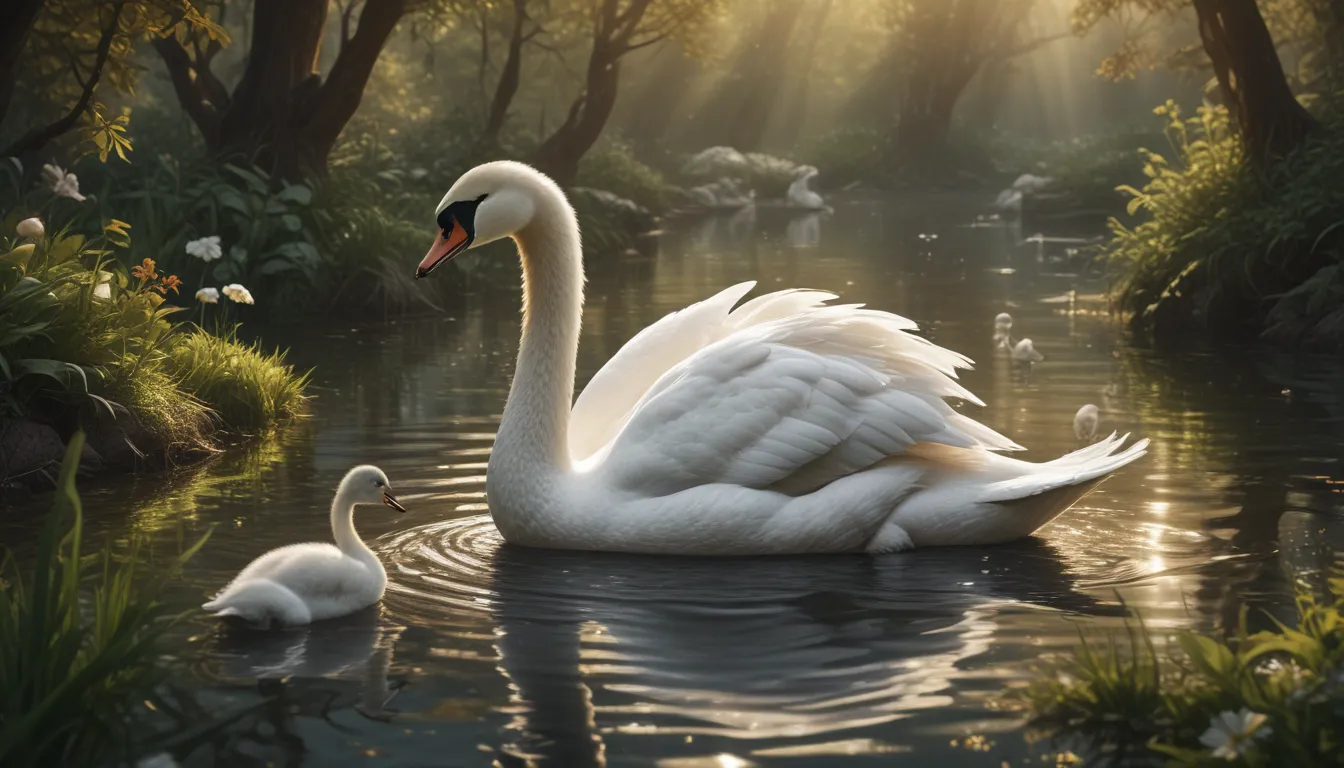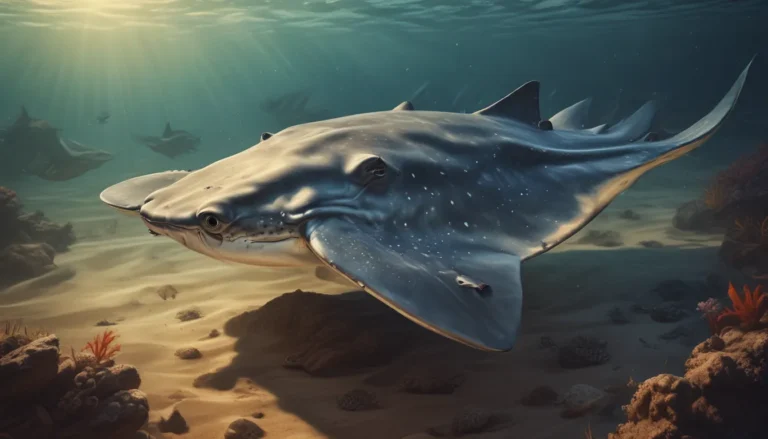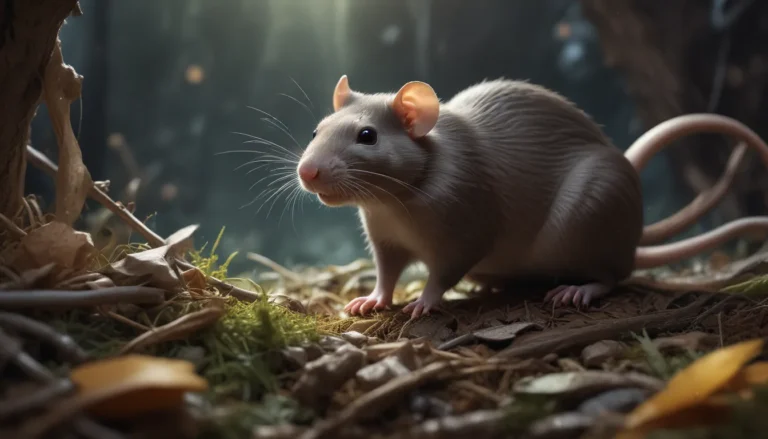The pictures we use in our articles might not show exactly what the words say. We choose these pictures to make you interested in reading more. The pictures work together with the words but don’t take their place. The words still tell you the important facts.
Swans have captivated humans for centuries with their majestic presence and serene demeanor. These graceful creatures have become symbols of beauty and elegance, known for their long necks, white plumage, and distinct honking sound. In this article, we will delve into 13 fascinating facts about swans that will deepen your appreciation for these remarkable birds. From their unique mating rituals to their impressive flying skills, swans are truly captivating creatures that inspire awe and admiration. Join us on this journey as we explore the enchanting world of swans and uncover some intriguing insights into their lives and behaviors.
The Enigmatic Symbolism of Swans
Swans have long been associated with love, purity, and beauty, making them popular subjects in art, literature, and folklore. Their elegance and gracefulness have earned them a symbolic significance that transcends cultures and time.
The Power of Monogamy in Swan Pairs
Once swans find their mate, they form strong pair bonds and remain together for life. This unwavering loyalty and devotion towards their partners make them intriguing creatures to observe in the wild.
Soaring High: The Remarkable Flying Abilities of Swans
Despite their large size, swans are powerful flyers with strong wingspans that allow them to reach speeds of up to 60 miles per hour in flight. Their graceful flight is a sight to behold and adds to their majestic aura.
The Remarkable Ability of Swans to Recognize Human Faces
Research has shown that swans have the remarkable ability to recognize and remember human faces, distinguishing between friendly and threatening individuals. This unique cognitive skill showcases their intelligence and adaptability.
Devotion and Care: The Exceptional Parenting Skills of Swans
Swans are devoted parents, actively participating in building nests, incubating eggs, and caring for their offspring. Their strong bond as a family unit reinforces their reputation as dedicated and loving parents.
Vocal Artistry: The Diverse Sounds of Swans
While known for their graceful silence, swans can produce a variety of vocalizations, including hissing, honking, and even melodious trumpeting. These sounds serve as forms of communication and expression for these elegant birds.
Lifelong Companions: The Longevity of Swans
Swans are known for their longevity, with some individuals living well into their 30s and 40s. On average, they can live up to 20 years in the wild, showcasing their resilience and adaptability in various environments.
The Herbivorous Nature of Swans
Primarily herbivorous, swans feed on aquatic plants and grasses, using their long and graceful necks to reach underwater vegetation. Their diet contributes to their unique characteristics and behaviors.
A Dance of Love: The Graceful Courtship Displays of Swans
During courtship, swans engage in elaborate displays of synchronized head movements and wing flapping, creating a breathtaking spectacle. These displays are a testament to their strong pair bonds and deep connection.
The Fiercely Protective Nature of Swans
Swans are strongly territorial birds, fiercely protecting their nesting sites and engaging in aggressive displays to ward off intruders. Their protective instincts highlight their commitment to safeguarding their young and established territories.
Migration Marvels: The Long-Distance Travel of Swans
As migratory birds, swans undertake long journeys to reach their wintering grounds, traveling thousands of miles in search of favorable habitats. Their ability to navigate vast distances showcases their endurance and adaptability.
Land and Water Adventurers: The Versatility of Swans
Despite their aquatic nature, swans can walk on land using their powerful legs to navigate various terrains. Their adaptability to both land and water environments makes them versatile and resilient creatures.
The Special Feathers of Swans
Swans possess unique feathers with a specialized structure that provides them with excellent insulation and buoyancy in water. Their feathers play a crucial role in regulating body temperature and ensuring buoyancy in aquatic environments.
In conclusion, swans are captivating creatures with a multitude of intriguing features that make them a true wonder of the animal kingdom. From their symbolic significance to their devoted family bonds, swans continue to inspire awe and admiration among people worldwide. The next time you encounter a swan gliding gracefully across a serene lake, take a moment to appreciate the beauty and marvel at the majesty of these magnificent birds.
FAQs About Swans
- Are swans only white?
-
No, while the white swan is the most common, there are also other species of swans that come in different colors such as black and black-necked swans.
-
Do swans mate for life?
-
Yes, swans are known for their strong bond and often mate for life, forming long-lasting pairings with their partners.
-
Can swans fly?
-
Yes, swans are powerful flyers and can soar through the skies, allowing them to migrate to warmer climates during the winter months.
-
What do swans eat?
-
Swans are primarily herbivores and feed on aquatic vegetation, grass, and small insects, filtering the water to find food.
-
Are swans aggressive?
-
Swans can be territorial and display aggressive behavior, especially when defending their nests or offspring. It is important to observe them from a safe distance.
-
How long do swans live?
-
Swans have a long lifespan, with some species living up to 20 to 30 years in the wild, and even longer in captivity.
-
Do swans migrate?
-
Yes, swans are migratory birds that travel long distances in search of suitable breeding grounds and food sources.
-
Can swans swim?
-
Swans are excellent swimmers, well adapted to both land and water environments, using their webbed feet and strong wings to move effortlessly through the water.
-
How do swans communicate?
-
Swans communicate through various vocalizations, including honking and hissing sounds, using body language to express their emotions and intentions.
-
Where do swans build their nests?
- Swans build their nests near water bodies such as lakes, ponds, or marshes, using reeds, grass, and other materials to construct their nests.
-
Do swans have natural predators?
- Swans are large and powerful birds with few natural predators, although young cygnets may be vulnerable to larger predatory birds and mammals.
-
How many eggs do swans lay?
- Swans typically lay around 4 to 7 eggs per clutch, with both male and female swans taking turns incubating the eggs.
-
Are swans symbols of love?
- Yes, swans have long been associated with love and fidelity, often depicted as symbols of eternal love and devotion in literature and art.
Embark on a journey of exploration and discovery with these fascinating facts about swans, enriching your understanding and appreciation for these magnificent creatures. Witness the beauty and grace of swans in their natural habitats, and marvel at their resilience and adaptability in the wild. Let the enchanting world of swans inspire you and deepen your connection to the wonders of nature.






